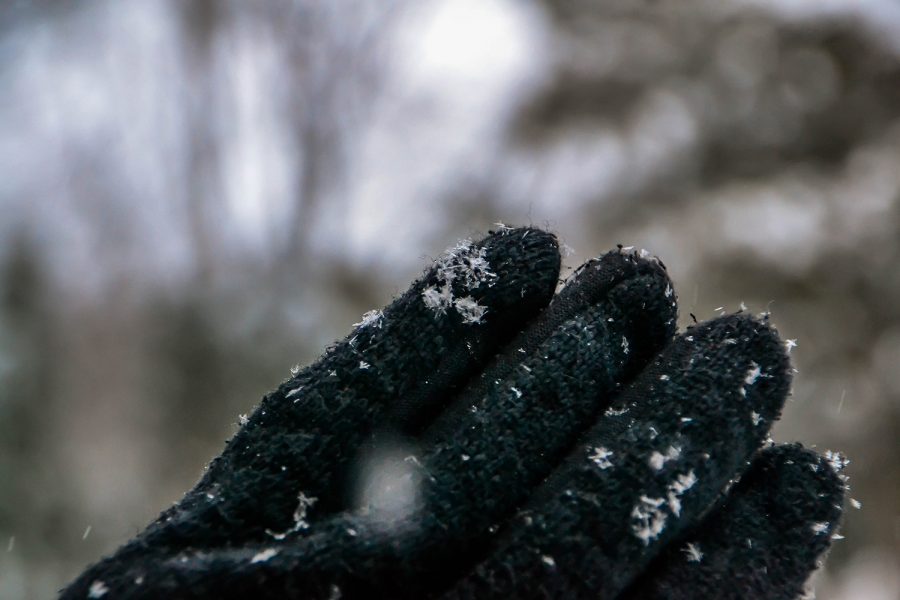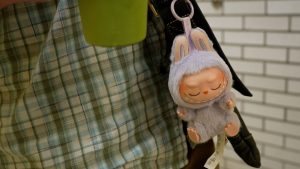10 Curious Facts about Snow
Some love it. Some hate it. But we all probably think we know more about the seasonal part-time solid than we actually do.
December 4, 2020
The weather outside may be frightful, but from inside the view is delightful. The first snowfall of the year did not disappoint this past week, with over eight inches covering much of the Pittsburgh region. But there’s a lot more to a blanket of snow than meets the eye.
![]()
The Inuit (well, more like a couple tribes, at least) have 50 words for snow.
During the late 1800s, an anthropologist named Franz Boas traveled to Baffin Island in northern Canada. There he planned to study the life of the native Inuit inhabitants of the island. His most notable finding was their variety of words for snow. Boas soon learned the reason: polysynthesis, or the combining of words to make a new one. Several Inuit tribes have words for “falling snow,” “drifting snow,” etc. all based on the same root word, aput, which simply means “snow.” Because the Inuit cover a large area with many different tribes, only tribes speaking languages in the Eskim-Aleut family do this.
![]()
Yep, your elementary school teacher didn’t lie. No two snowflakes are alike.
Go outside when it snows and look at a few snowflakes. You won’t find two that are the same. Even early in their development, when snowflakes look identical at first glance, they aren’t. The reason for this is how they collect mass, which is confusing to say the least. I recommend reading more about the process here.
![]()
Snowball fights aren’t unique to humans. Some furred primates love them as well.
Japanese Macaque Monkeys love snow so much that they are nicknamed “snow monkeys.” Native to Japan, where temperate climates allow for snow for several months of a year, the primates have been seen forming snow into ball shapes and throwing them at each other. Unsurprisingly, the young tend to do engage in the activity a lot more often.
![]()
Want a white Christmas? Well you aren’t getting one, because it’s impossible.
Snow is actually translucent. Light from the sun hits the snow and all the sharp angles from the snowflakes and diffuses. This diffusion of light, along with the fact that a beam of light will bounce off snowflakes several times, gives snow its whiteness.
![]()
No two snowflakes are alike, but they all have six sides.
This is due to the way the two hydrogen atoms and one oxygen atom that make a molecule of water react. A six-sided snowflake is simply the most efficient pattern for them to interact in such a way, so they do.
![]()
You’ve heard “don’t eat the yellow snow”, but what about the red snow?
Don’t worry, it’s not blood. It’s actually nicknamed “watermelon snow,” found occasionally around the world in such places as the Arctic, Himalayas, Rockies, and Yosemite. The strange color isn’t from an axe-wielding murderer but from an algae called Chlamydomonas Nivalis that has red pigments to shield it from sunlight. Around 300 B.C., Aristotle wrote about the very same snow. Oh, and as a reminder, DO NOT EAT IT, as you’ll get sick.
![]()
Golf-ball-sized hail? Nah, I’m talking tire-sized snowflakes!
During a snowstorm in 1887, a Fort Keogh, Montana rancher claimed that massive snowflakes descended from the sky. One he recorded as being 15 inches wide and 8 inches thick! Although this unlikely claim wasn’t backed up with any evidence, scientists today are saying that this could happen.
![]()
Believe it or not, some people dread snow days.
This uncommon fear is called Chionophobia, and some people have gotten panic attacks so acute from it that they required hospitalization. Note, however, that this irrational fear should not be confused with anxiety about snow due to generalized anxiety disorder or obsessive compulsive disorder.
![]()
One city made snow illegal.
During the late-running rough winter of March 30, 1992, in Syracuse, New York, the city council voted to make snow fall illegal. The Syracuse City Council issued the following:
“Be it resolved, on behalf of the snow-weary citizens of the city of Syracuse, any further snowfall is expressly outlawed in the city of Syracuse until December 24, 1992”.
Of course, they couldn’t control the weather, but it did help the citizens of Syracuse get through the rest of the season with a smile on their faces.
![]()
Thirsty on a snowy hike? You may want to second guess the impulse to eat snow.
Ingesting snow can in fact make you more dehydrated than you were prior to eating it, as snow needs to melt before your body can use it, and our body heat is what melts it. As you can guess, the amount of water your body uses to heat up the snow is more than the amount you take in.













